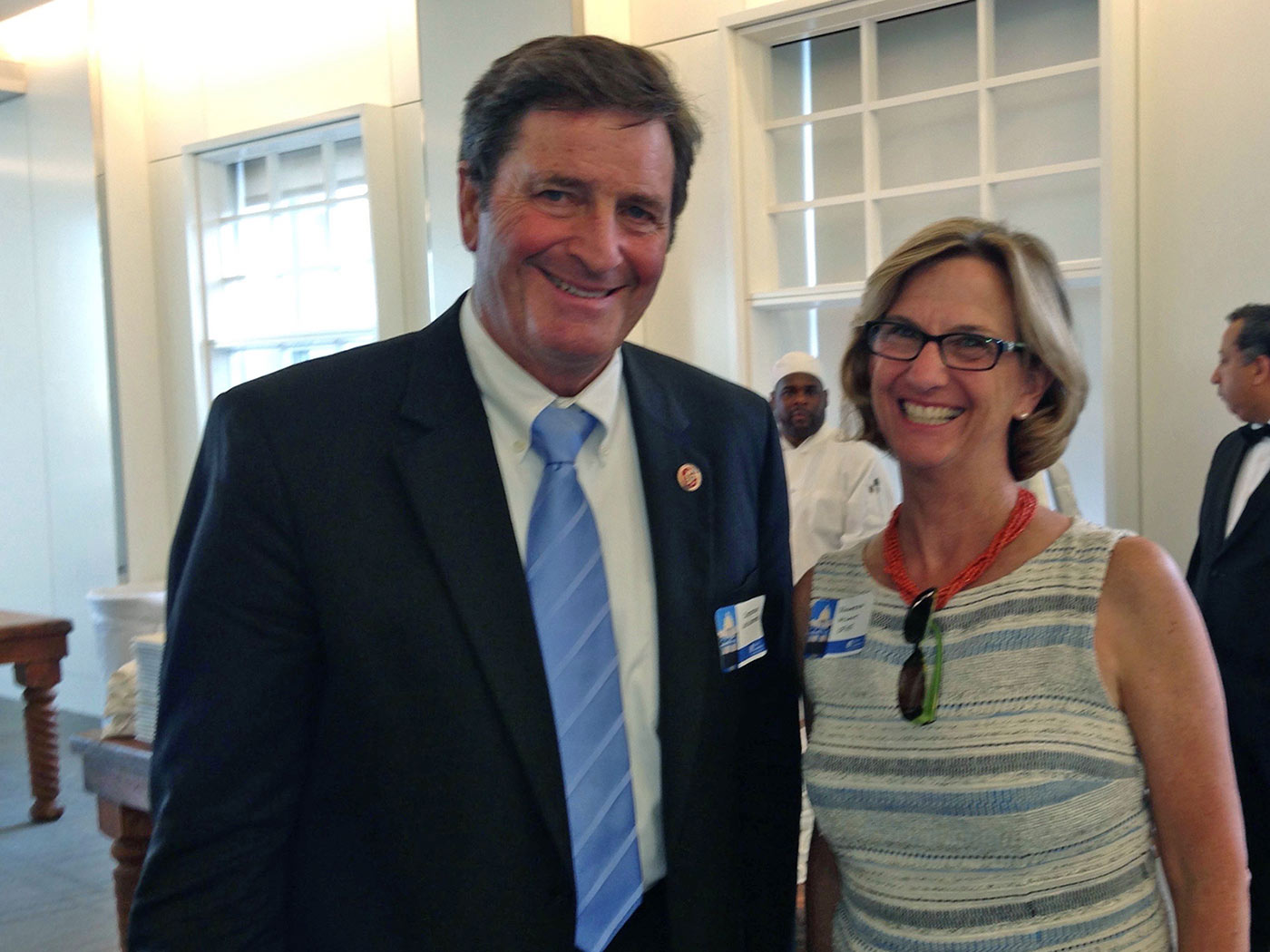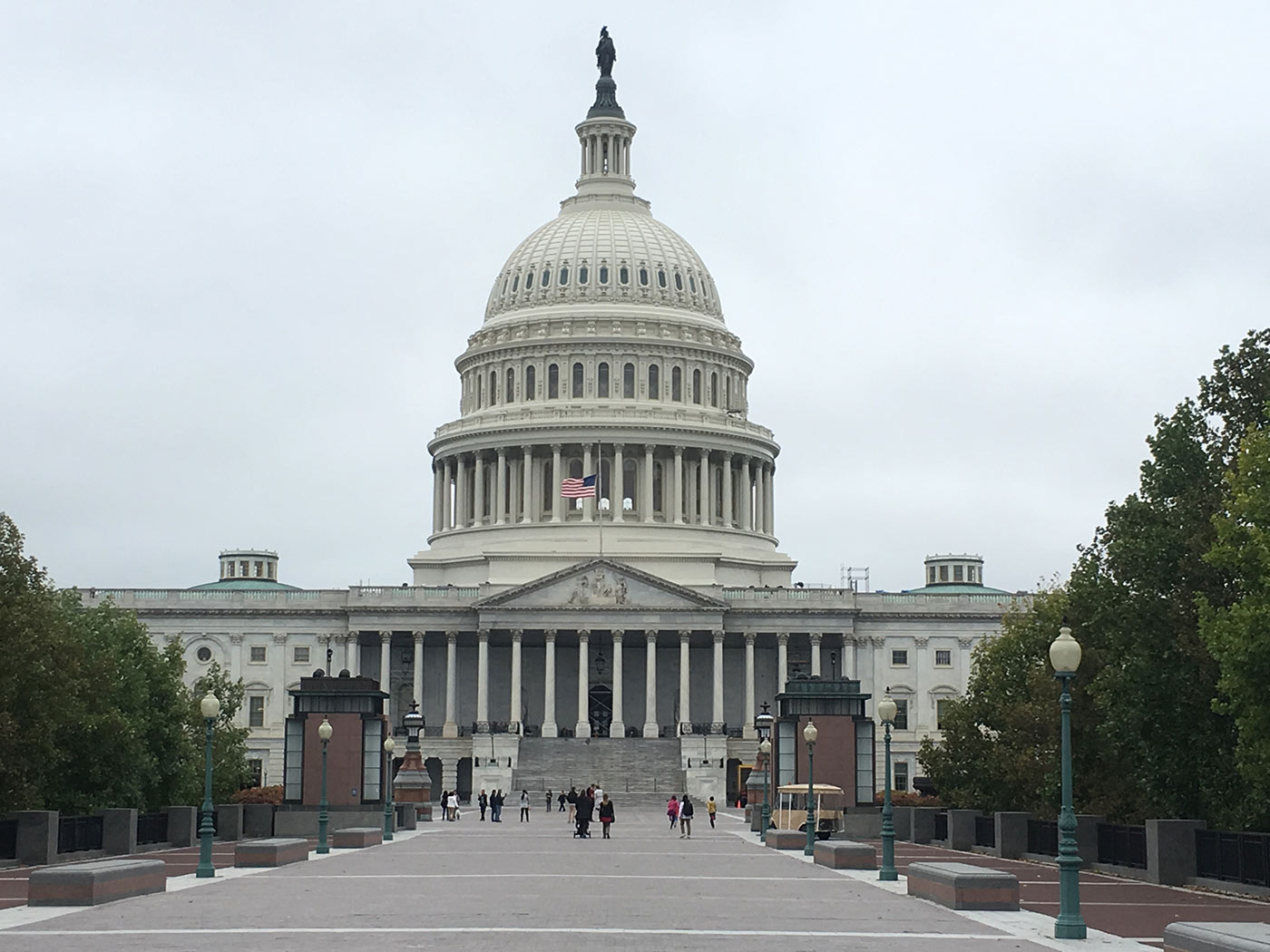Saving Plants on the Hill
Advocacy is an important tool for saving rare and endangered plants in the United States. Just as we build scientific tools – databases, tissue culture research, seed collections – to achieve our mission, we must also build our capability to use advocacy to save plants.
Advocacy is the act of speaking on behalf and in support of rare and endangered plants. It means building public support for the work of saving plants. It means reaching out to the decision makers, including federally elected officials on Capitol Hill, whose job it is to identify and establish public policy for our nation. It means using our expertise to make specific recommendations for public policies that impact the science of saving plants, the habitats of the rare and native plants, and the very existence of the plants themselves.
Public policies can undermine or advance the ability of a nonprofit to achieve its mission. We have a duty to help the decision makers fully understand the impacts of their decisions on our mission and the plants we work to conserve. It is vitally important to move our scientific expertise into the solution side of public policy related to plants. As the experts, we help the policy makers identify the problems facing the rare and endangered plants in North America and create solutions to those problems.
Importantly, public policy includes funding for plants. The critical financial support for the programs that advance our work – such as seed collections of endangered or native plants on public lands – relies upon the allocation of public resources that are decided upon in Congress.
Informing the decision makers of the value of investing public resources in safeguarding rare plants is an essential step to ensure that funds are allocated to pursue the work of conserving these plants.


“We must advocate for saving the plants because the plants can’t advocate for themselves.”
The recent victory of the passage of the Great American Outdoors Act highlights the power of joining forces with like-minded groups and individuals to advocate on behalf of conservation on the Hill. This landmark conservation bill provides permanent, mandatory funding for the Land and Water Conservation Fund (LWCF) – $900 million annually at no additional cost to taxpayers. The program will help national parks and other public lands across the country. The bill also creates a new fund ($1.9 billion annually for five years) to address deferred maintenance projects at the National Park Service, Forest Service, U.S. Fish and Wildlife Service, Bureau of Land Management, and Bureau of Indian Education schools. These funds for public lands will repair critical habitat, protect endangered plants and other species, and provide more people with access to these national treasures.
At the Center for Plant Conservation, we safeguard and conserve imperiled plants using science-based practices, connect and empower plant conservationists, and inspire people to protect biodiversity for future generations. Advocacy is an important tool that helps us to achieve this mission.
“Advocacy is simply promoting the nonprofit’s mission through engagement with others.” – National Council of Nonprofits Nonprofit Impact Matters: How America’s Charitable Nonprofits Strengthen Communities and Improve Lives